Did you know that the sea around the UK is home to more than 8000 different species of plants and animals? However, this wonderful marine environment is being ruined by pollution, including rubbish left on beaches, sewage, and chemical and oil spills.
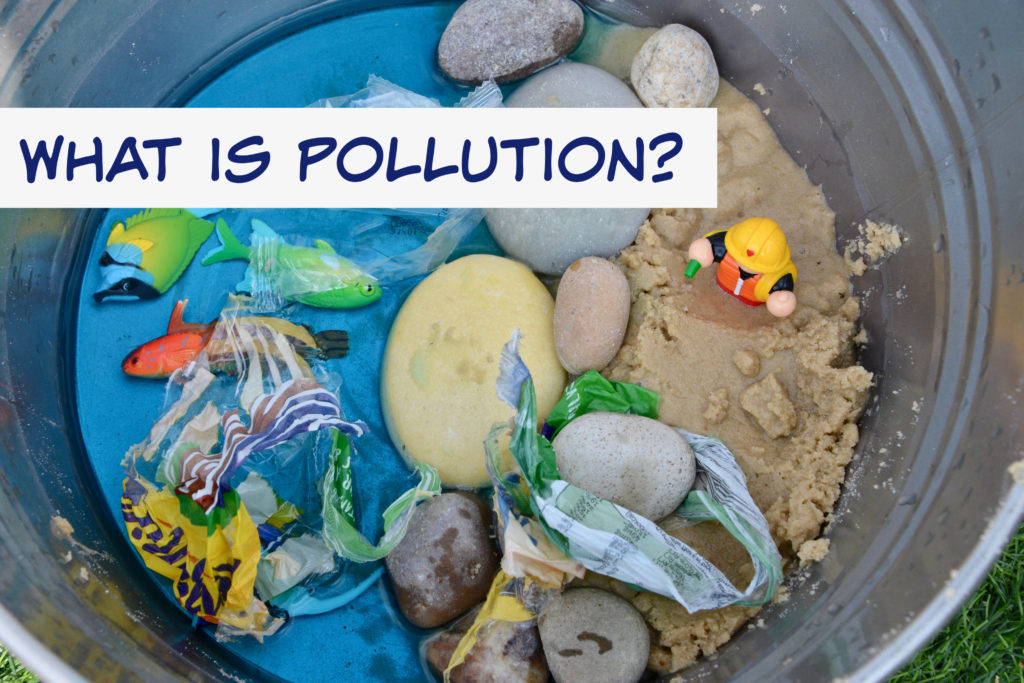
What is pollution?
Pollution is anything which is introduced into an environment that causes harm. For example abandoned nets that animals can get caught in, oil leakages cause huge amount of ecological damage and waste products from plastic production build up in food chains leading to as yet unknown consequences in humans.
In order to demonstrate pollution on a very basic level, I set up a pretend ocean.
Sea Pollution Demonstration
A clear bowl or vase
Black food colouring
Litter
Shells or sand
Water
How to set up a sea pollution demonstration
Set up your mini ocean with lovely, clean water.
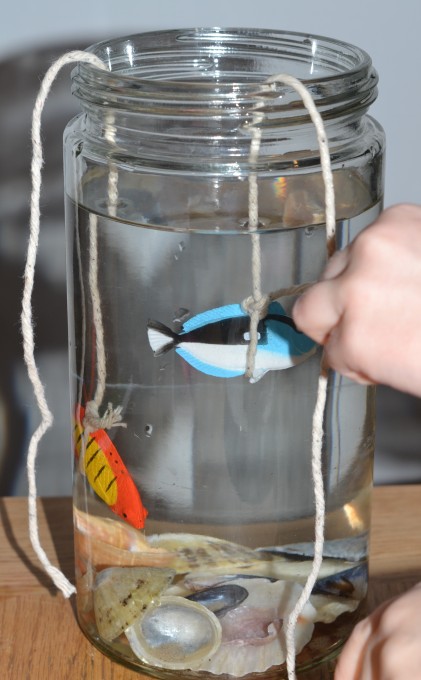
Add some rubbish and black food colouring ( to represent oil/sewage )
How different does your mini ocean look after the pollution has been added?
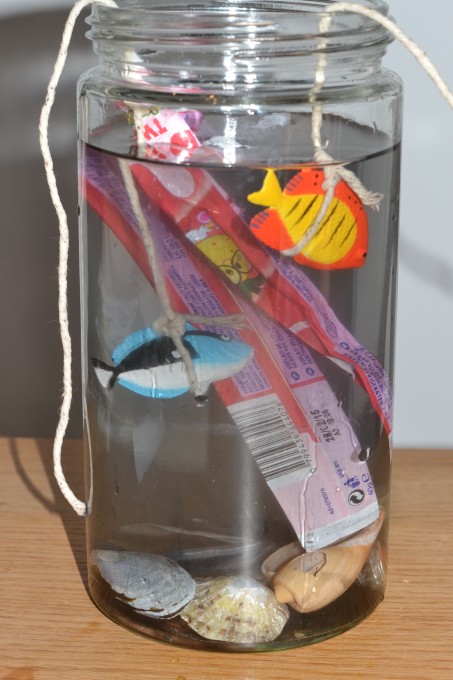
Whilst doing this activity, we talked about how litter and pollution might impact fish and other marine life, and where we had seen litter recently.
Another idea is to set up a beach scene and then add pollution to the sea and shore. I know which version of the beach I would rather spend time at.
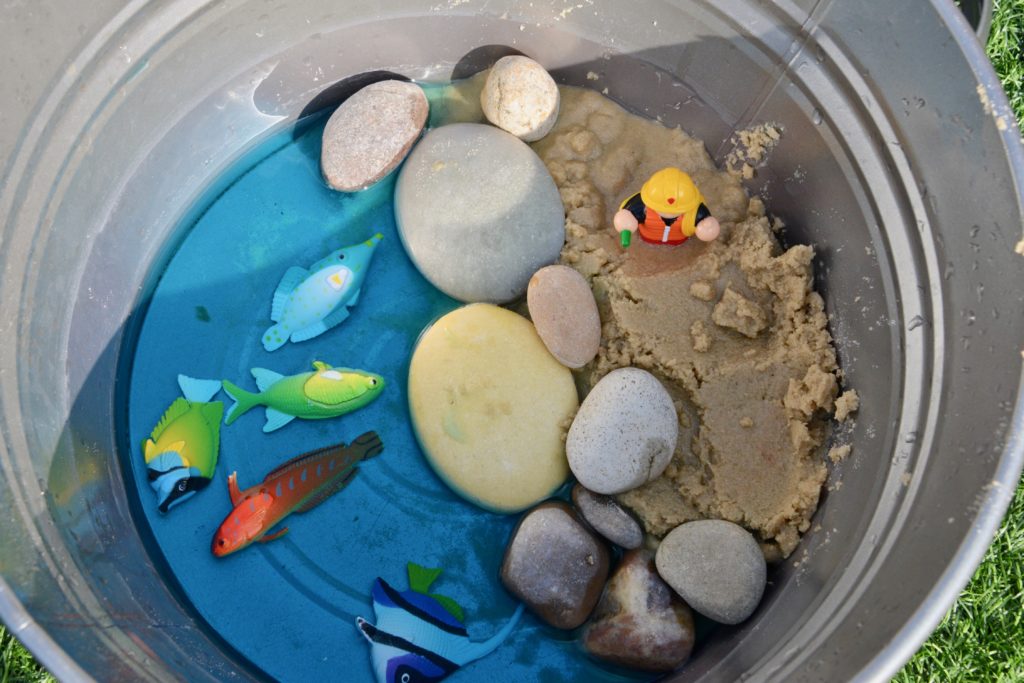
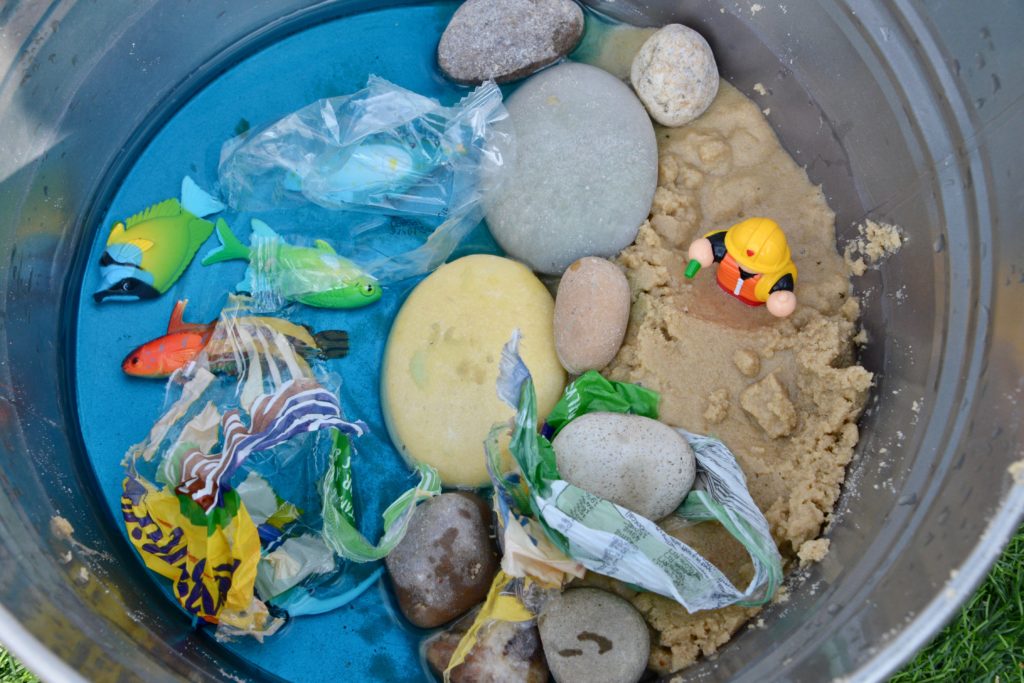
What can we do about pollution?
Buying local products reduces the need to ship items around the world.
Buy cleaning products that use natural/biodegradable ingredients.
Recycle as much as you can, and never drop litter. Things like plastic bottle tops or balloons can be fatal to animals, who may mistake them for food.
Can you think of anything else you can do to help save our planet from the enormous amount of rubbish and pollution humans create?
This illustration shows visually how much plastic rubbish we have created since 1950 and where it has gone.
Make a plastic pledge, thinking about how you can reduce the amount of plastic you use.
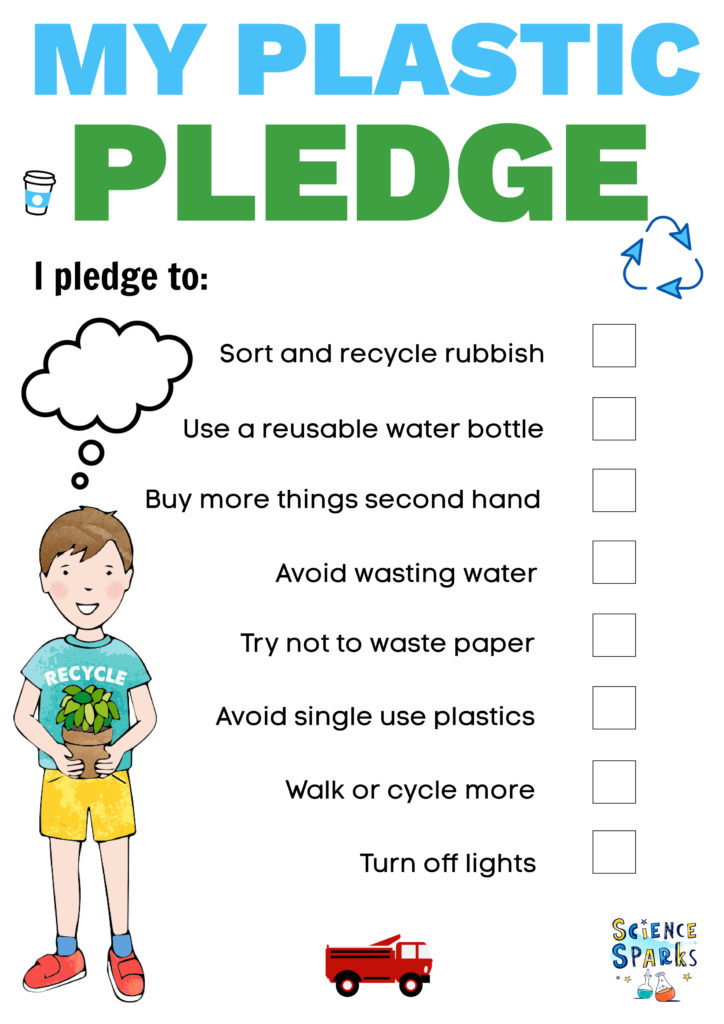
Pollution storybook ideas
We've been reading The Lorax to accompany this activity. Inspired by the book, we created a clean and a polluted Lorax sensory rice tray.
More pollution activities for kids
Can you try filtering dirty water to clean it up?
Take a look at my easy activities for Earth Day.
More ocean activities for kids
Discover how deep the ocean is and which creatures have adapted to survive at the bottom.
Do you know why the sea is blue?
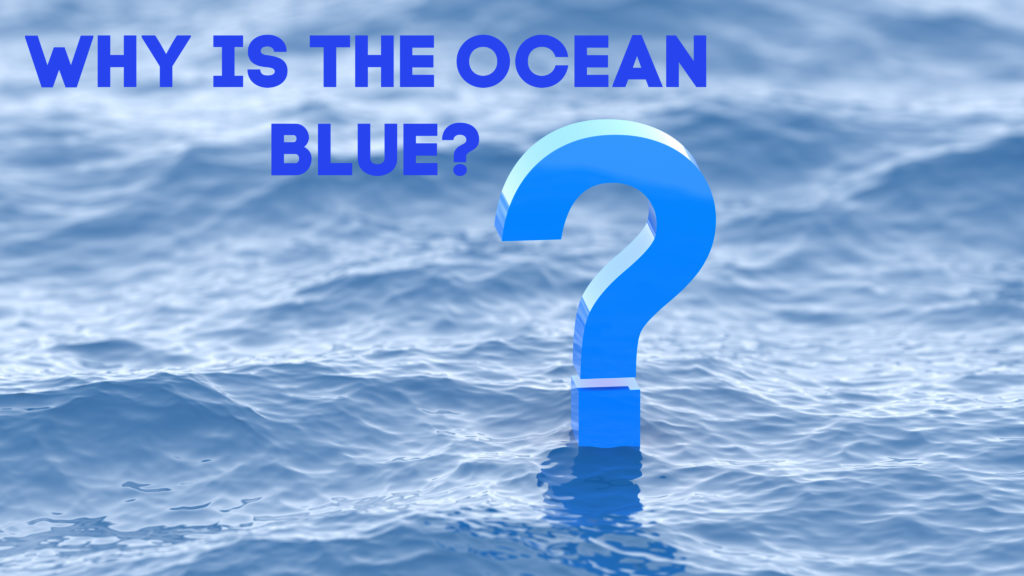
Suitable for Early Years Foundation
Understanding of the World
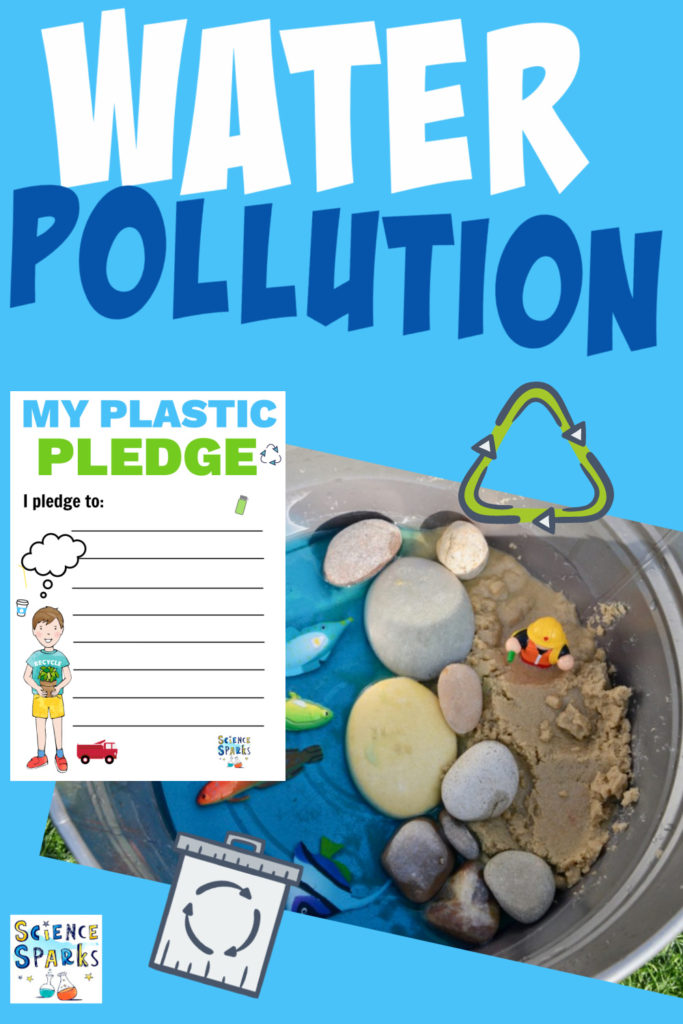
Last Updated on June 11, 2025 by Emma Vanstone

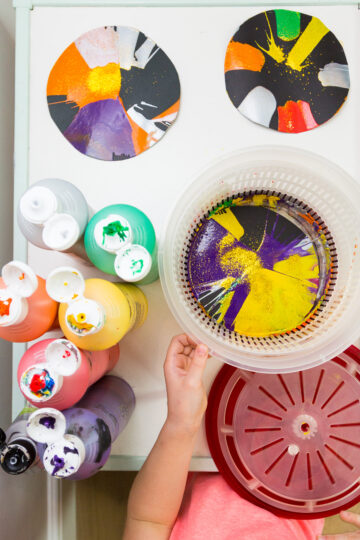
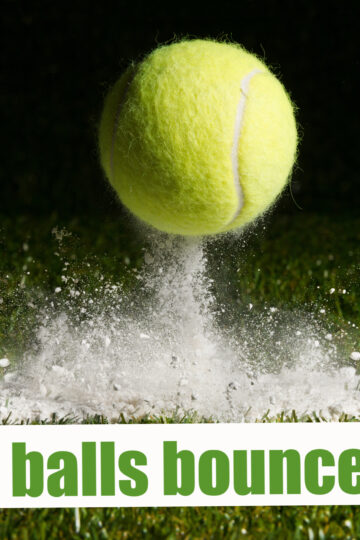
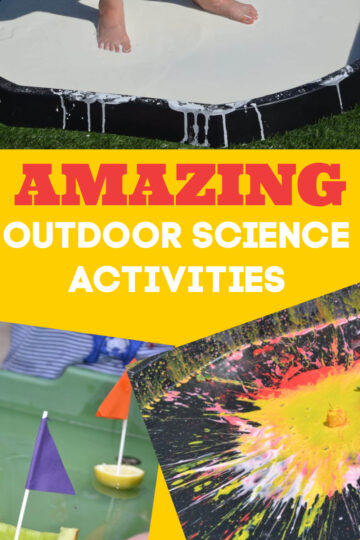
Sherlyn says
You're the greesatt! JMHO